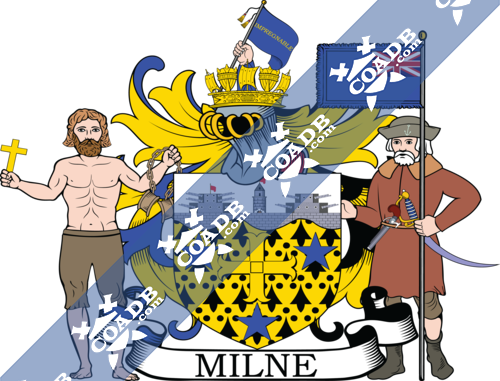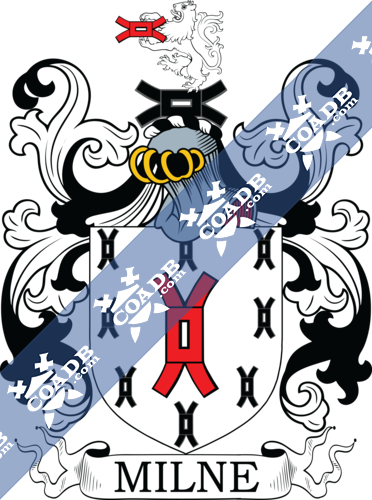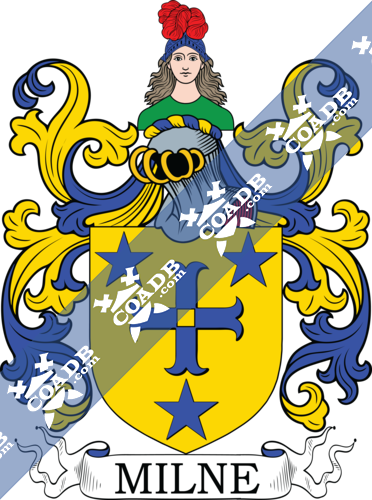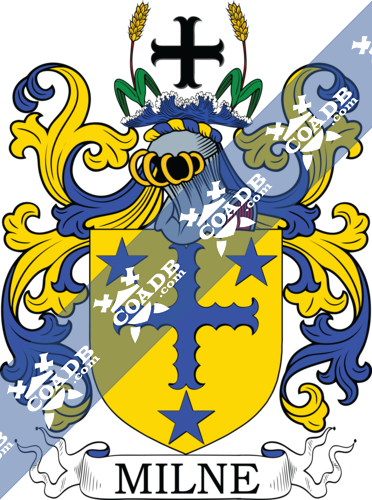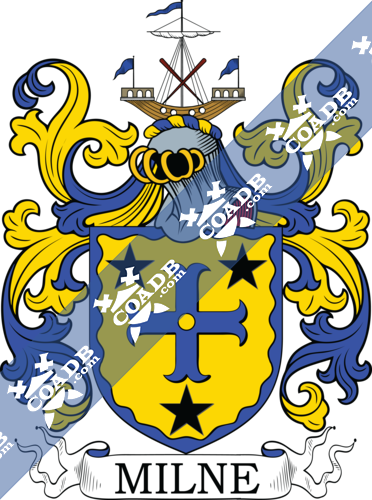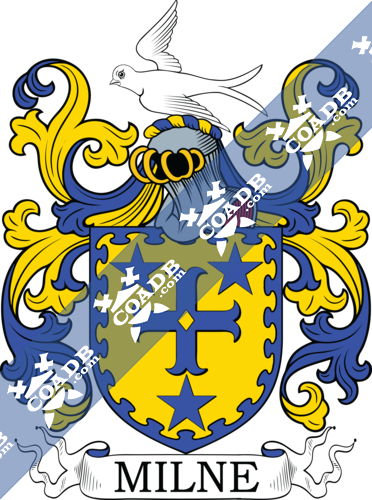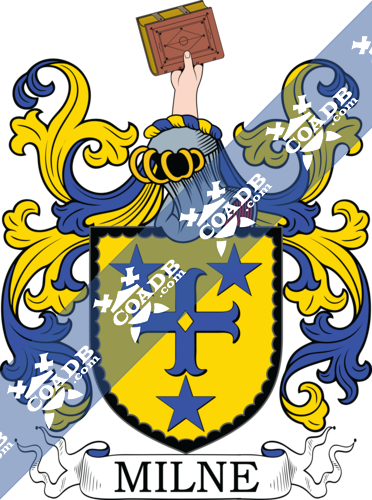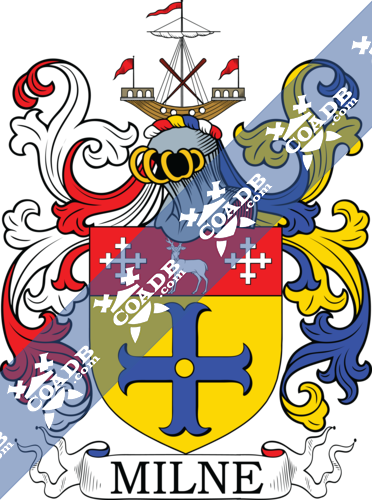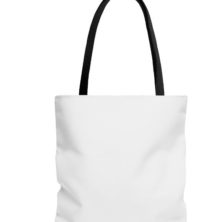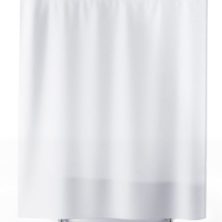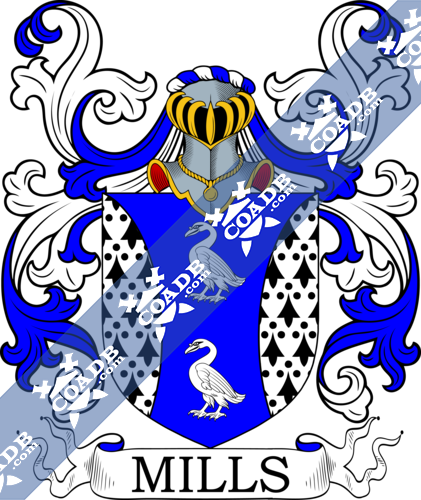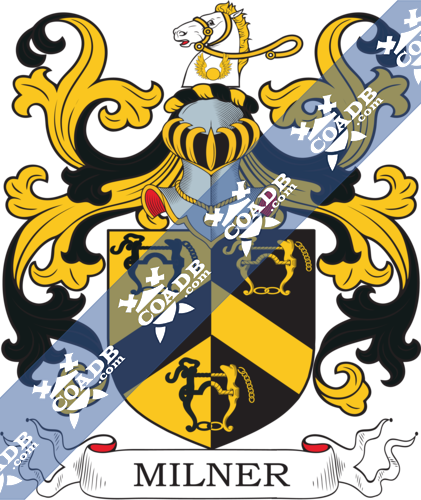Milne Family Crest, Coat of Arms and Name History
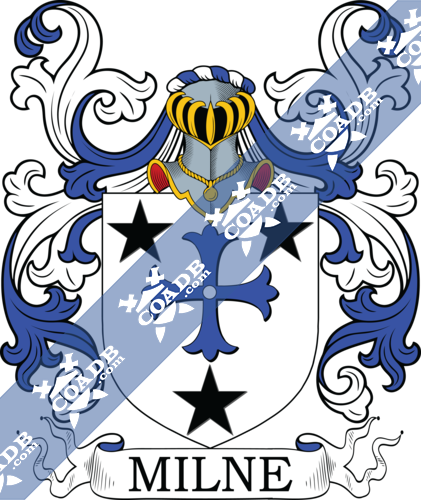
Milne Coat of Arms Gallery
Don’t know which Coat of Arms is yours?
We can do a genealogical research. Find out the exact history of your family!
Learn MoreMilne Origin:
Scotland
Origins of Milne:
In Scotland, this old name appeared mainly in Aberdeenshire. It is of Anglo-Saxon origin, and in most examples a geographical surname for someone who resided near a mill, acquired from the Olde English pre 7th Century “mylen(e)”, Middle English “mille, milne”, from the Latin “molina”, a derivative of “molere”, to grind. The mill was an important center in every old settlement, normally operated by an agent of the local landowner, and in some examples, the surname may be a professional name for a worker at the mill or the Miller himself. A family of the name Miln(e) was farmers at the Mill of Boyndie for generations. One Gilbert Milne had a grant of the chaplainry of Golspe in 1575, and John Miln was a servitor of John Scrimgeour of Glaswall in 1610. A Coat of Arms given to a Milne family of Aberdeen in 1692 represents, on a gold shield, a blue cross moline penetrated ovalways of the field between three black mullets, all within a blue bordure wavy.
Variations:
More common variations are: Millne, Miline, Milane, Milnie, Milone, Meilne, Milney, Milene, Milune, Moilne.
England:
The surname Milne first appeared in Roxburghshire where they held a family seat from old times, and their first records appeared on the early poll rolls derived by the early Kings of Scotland to decide the rate of taxation of their problems.
The very first recording spelling of the family was shown to be that of Johannes de Molendino, dated 1382, in the “Esipocal Record of Aberdeen. It was during the reign of King Robert III of Scotland, dated 1371-1390. Surname all over the country became a necessity with the introduction of personal taxation.
Ireland:
Many of the people with surname Milne had moved to Ireland during the 17th century.
United States of America:
Individuals with the surname Milne landed in the United States in three different centuries respectively in the 18th, 19th and 20th. Some of the people with the name Milne who arrived in the United States in the 17th century included Francis Milne, who landed in Maryland in 1707. Peter Milne settled in Jamaica in 1774. William Milne settled in Philadelphia in 1774. William Milne, aged 19, landed in Philadelphia, Pennsylvania in 1774.
People with the surname Milne who landed in the United States in the 19th century included Andrew Milne, who arrived in America in 1806. Robert Milne, aged 26, landed in Maryland in 1813. A Milne, aged 22, landed in New York, NY in 1822. Sarah and Joseph Milne settled in New York in 1823 with their two children. James H Milne, who arrived in Allegany (Allegheny) County, Pennsylvania in 1866.
The following century saw more Milne surnames arrive. Some of the people with the surname Milne who arrived in the United States in the 20th century included George Francis Milne, who came to Colorado in 1907. Milne Settlers in Canada in the 18th Century. Mr. Alexander Milne U.E. who settled in Saint Johns, New Brunswick c. 1784.
Australia:
Some of the individuals with the surname Milne who landed in Australia in the 19th century included Robert Milne arrived in Adelaide, Australia aboard the ship “Anna Robertson” in 1839. William Milne arrived in Adelaide, Australia aboard the ship “Palmyra” in 1839. Martha Milne arrived in Adelaide, Australia aboard the ship “Palmyra” in 1839 [3]. James Milne arrived in Adelaide, Australia aboard the ship “Forfarshire” in 1848. James Milne, aged 29, a laborer, arrived in South Australia in 1852 aboard the ship “Caucasian.”
New-Zealand:
Some of the population with the surname Milne who arrived in New Zealand in the 19th century included Archibald Milne arrived in Port Nicholson aboard the ship “Lady Nugent” in 1841. Alexander Milne, aged 26, arrived in Port Nicholson aboard the ship “Lady Nugent” in 1841. Margaret Milne, aged 24, arrived in Port Nicholson aboard the ship “Lady Nugent” in 1841. William Scott Milne, aged 16, a carpenter, arrived in Port Nicholson aboard the ship “Lady Nugent” in 1841.
Here is the population distribution of the last name Milne: England 10,841; Scotland 9,031; United States 8,106; Australia 7,141; Canada 6,605; South Africa 6,502; New Zealand 3,056; Wales 474; Philippines 451; France 416.
Notable People:
Colin Milne (c.1743–1815) was a Scottish bishop of the Church of England and botanist.
Blazons & Genealogy Notes
“1) (bart.; Sir Alexander Milne, G.C.B., Admiral R.N., was created a bart. 1876). the whole intended to represent that part of the works defending the town and port of Algiers to which His Majesty’s ship “”Impregnable,”” which bore the flag of the Admiral, was opposed in the memorable attack on the 27th day of August, 1816. Motto—Tam marte quam arte. Erminois a cross moline quarterly pierced or betw. three mullets az. a chief of honourable augmentation wavy ar. thereon a fortified circular lighthouse with a red flag flying, flanked on the dexter by a hexagon battery of three tiers of guns with a like flag flying, and on the sinister by another battery of two tiers of guns connected by a wall with the lighthouse all ppr., the whole intended to represent that part of the works defending
the town and port of Algiers to which His Majesty’s ship “”Impregnable,”” which bore the flag of the Admiral, was opposed in the memorable attack on the 27th day of August, 1816. Crest—Out of a naval crown or, a dexter cubit arm vested az. the hand ppr. grasping a flagstaff, therefrom flying the flag of a Rear-Admiral of the Blue, inscribed with the word “”Impregnable”” in letters of gold. Supporters—Dexter, a figure designed to represent a Christian slave, holding in his dexter hand a passion cross or, and in his sinister hand his fetters broken ppr. sinister, a sailor habited and armed with cutlass and pistols ppr. holding in the exterior hand a flagstaff, therefrom flowing to the dexter a banner az. in canton the Union.”
2) (Balfarg, co. Fife; His Majesty’s Master Mason, 1672; confirmed 1767, to Robert Milne, architect, London). Motto—Tam arte quam marte. Or, a cross moline az. square pierced of the field betw. three mullets of the second. Crest—Pallas’s head couped at the shoulders ppr. vested about the neck vert, on the head a helmet az. beaver turned up, on the top a plume of feathers gu.
3) (Balwyllo, co. Forfar, 1680). Motto—Clarum reddlt industria. Or, a cross moline engr. az. betw. three mullets of the last. Crest—A cross moline sa. in the sea ppr. betw. two stalks of wheat orleways also ppr.
4) (Blairtoun and Aberdeen, 1632). Motto—Dat cura commodum. Or, a cross molins az. pierced ovalways of the field betw. three mullets sa. all within a bordure wavy of the second. Crest—A galley with oars erect in saltire ppr.
5) (Edinburgh, 1672). Motto—Ex industria. Or, a cross moline pierced lozengewaye betw. three mullets az. within a bordure nebulée of the second. Crest—A martlet volant ar. Motto—Ex industria.
6) (Muretoun, Scotland, 1672). Motto—Efficiunt clarum studia. Or, a cross moline pierced lozengeways of the field betw. three mullets az. within a bordure invecked sa. Crest—A dexter hand holding a folded book ppr.
7) Ar. a cross patonce pierced az. betw. three mullets sa.
8) (Melgum, co. Aberdeen, 1867). Motto—Suum cuique. Or, a cross moline pierced az. on a chief gu. a stag at gaze betw. two cross crosslets ar. Crest—A galley, sails furled and oars in saltire ppr. flagged gu.
9) (Stott-Milne, Rochdale, co. Lancaster; exemplified to James Stott, Esq., npon his assuming, by royal licence, the additional surname of Milne). Motto—Prudenter qui sedulo. Quarterly, 1st and 4th, sa. a millrind ar. betw. two flauuches or, each charged with a lion ramp. of the field, for Milne; 2nd and 3rd, az. in base the tower of a belfry thereon a spire ppr. surmounted by a vane or, on a chief of the last three pellets gu. the centre charged with a heart also or, and the 1st and 3rd with a bezant, for Stott. Crests—1st, Milne: In front of two palm trees a lamb couchant ppr. holding with the dexter foot a pennon ar. charged with a cross crosslet gu. 2nd, Stott: A cross pattée sa. therefrom rising a moorcock holding in the beak a sprig of heath ppr.
10) (Calverley House, Leeds, co. York; Samuel Milne Milne, Esq.). Ar. a millrind gu. within an orle of eight millrinds sa. Crest—A millrind fessewise sa. thereon a lion ramp. ar. holding betw. the paws a millrind gu.

